The preparedness challenge for this week is super basic. Double check and make sure you have basic food that will see your family through an extended emergency. These foods are not the typical American diet, but they will sustain life if food supply chains are interrupted and food is unattainable. You might think of them as “food insurance.” If you have a good supply of your regular foods, these basic foods can help extend them.
They are inexpensive, take up minimal space, and most have a very long shelf life when stored properly.
Preparedness Challenge Week 48
This week the challenge is to inventory your basic food storage and to stock up on seven basic storage foods as needed.
Stock-up on seven basic storage foods.
The 7-Plus Basic Food Storage Plan
The 7-Plus Basic Plan is a good place to begin if you want an uncomplicated food storage plan. It includes five simple foods—grains, legumes, sugar, powdered milk, and oil—plus salt, vitamins, and adjuncts like leavenings, spices, and herbs.
How Much Basic Food Do You Need for Three Months?
Gradually work to obtain enough long-term storage food for a minimum of three months. The amounts given below provide 2,600 calories, about 100 grams of protein, and 35 grams of fat per person per day for three months.
Recommended amounts per person for three months:
- 100 lbs. grains
- 15-20 lbs. legumes
- 15-20 lbs. sugar
- 15-20 lb. nonfat dry milk
- 5 lbs. of oil
- 1-2 lbs. of salt
- 90 vitamins
- Leavenings, including yeast
- Herbs and spices
Tips for Storing the 7-Plus Foods
GRAINS
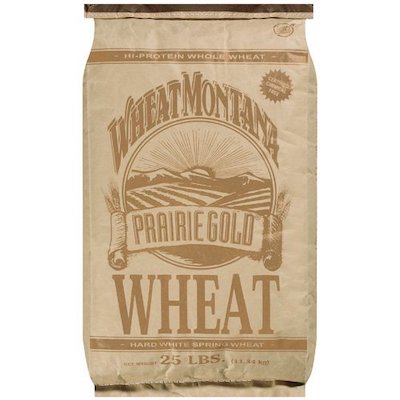
Grains are the foundation of a basic food storage. The most common grains for food storage are wheat, corn, and rice.
Less common grains include amaranth, barley, buckwheat, chia, flax, millet, quinoa, rye, sorghum, and triticale. Grains can be cooked as cereals or ground into flour. You will need a wheat grinder or high-powered blender to grind grain into flour. You will find a good discussion of what to look for in wheat grinders and blenders in my book Crisis Preparedness Handbook: A Comprehensive Guide to Home Storage and Physical Survival.
Hard grains like wheat, white rice, and corn have a long storage life. They should be protected from moisture and kept in a cool, dark location. Five-gallon plastic food storage buckets or #10 cans are good storage options.
LEGUMES
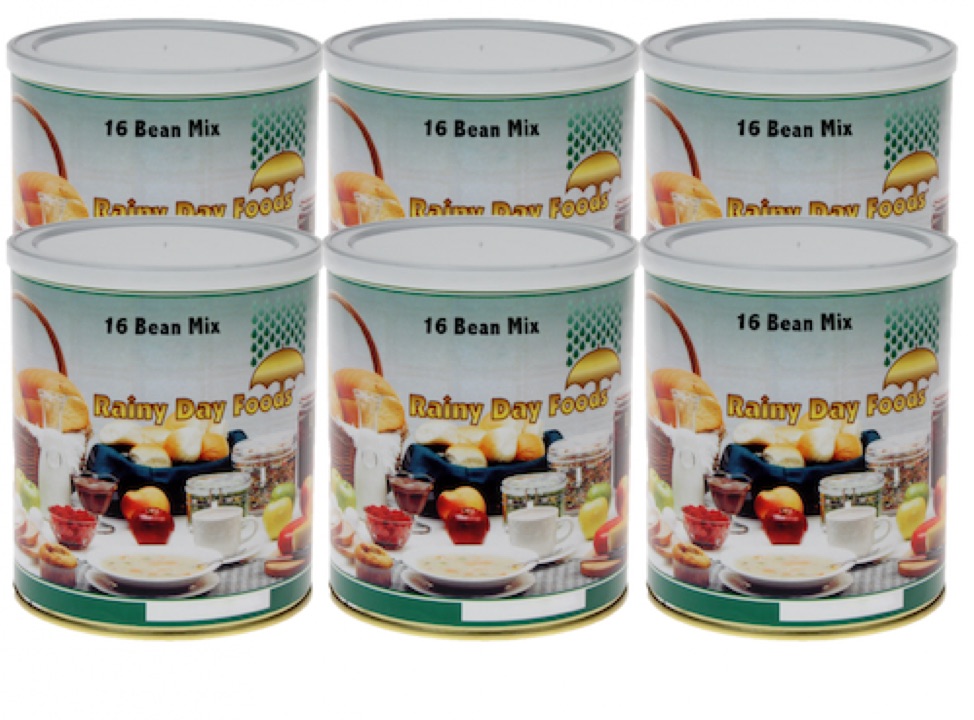
Beans, peas, and lentils are an important protein source and together with grains make a complete protein. For a basic selection, store beans such as pinto, white, and black along with lentils and split peas.
Dry legumes need a moisture content of 8 to 10 per cent or they will develop “hard shell” and be nearly impossible to rehydrate. Legumes will store for about one year in a plastic bag. However, if sealed in an airtight, moisture-proof container, such as a #10 can, a sealed food storage bucket, or a Mylar bag with oxygen absorbers, they have a storage life of ten-plus years.
SUGAR
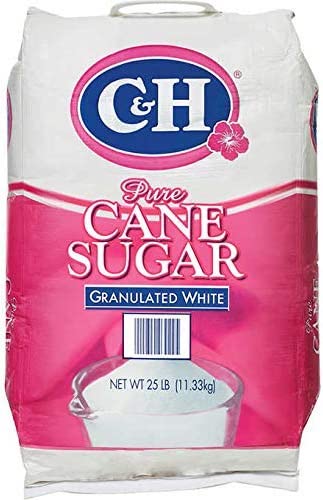
Sugar includes granulated, brown, and powdered sugar as well as other sweeteners like honey, corn syrup, maple syrup, molasses, coconut sugar, and agave nectar. Sugar alternatives like Stevia are not recommended for a survival diet because they do not provide necessary calories.
When protected from heat and moisture, granulated sugar has a storage life of at least thirty years. Store sugar in opaque, airtight food-grade containers, such as polyester film bags, metal cans, or plastic buckets. Honey, although more expensive than granulated sugar, is an excellent sweetener for food storage and will last indefinitely if stored properly.
NONFAT DRY MILK
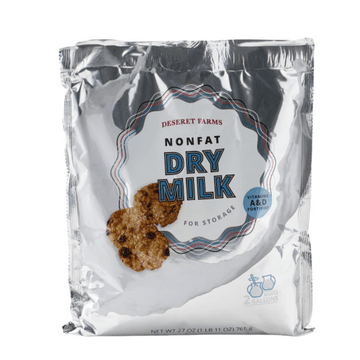
Today, nonfat dry milk is a much-improved product compared with twenty years ago. It is easy to reconstitute and tastes like regular skim milk. My favorite source for nonfat dry milk is the Home Storage Centers of the Church of Jesus Christ of Latter-Day Saints because of its exceptional quality and reasonable price. These storage centers are located in many metropolitan areas do not require any church affiliation to use them. Products are also available online. Milk is packaged in Mylar pouches and each pouch makes close to two gallons when reconstituted. The shelf life is twenty years.
OIL
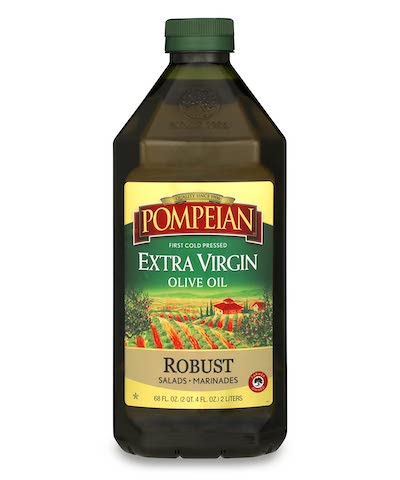
Oil is sometimes overlooked as a storage food. But oils are important for a survival diet because they help make food more palatable and are high in necessary calories. Common vegetable oils include olive oil, safflower, canola, sesame, peanut, and soybean oils.
Oil is the one basic storage food that will need to be used and rotated within two to three years. Olive oil can have a shelf life of three to four years. For optimal storage life, store oil in unopened plastic containers in a cool, dark location.
SALT
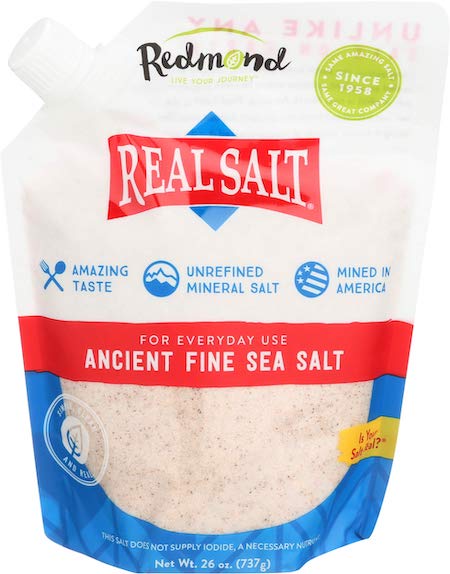
One 26-ounce of regular table salt is enough for normal eating and cooking for one person for three months. Kosher, gourmet, and specialty salts are also suitable for storing if desired. Pickling or canning salt can be stored for food preservation. Iodized salt may turn slightly yellow over time, but can still be used. To protect from moisture, store salt in a covered plastic container.
VITAMINS
The 7 Plus Basic Food Storage plan does not include fruits and vegetables, so daily vitamins are recommended.
LEAVENINGS
To use grains to make various baked products, you will need leavenings such as baking soda, baking powder, and yeast. For a complete discussion of leavenings refer to Preparedness Challenge Week 12.
HERBS AND SPICES
Herbs and spices are important additions to the basic foods. They are featured in Preparedness Challenge Week 15.
Where to Buy Basic Food Storage Products
Sugar, legumes, nonfat dry milk, oil, and salt can all be easily purchased at a supermarket. Whole grains can also be purchased at supermarkets, but often in small quantities that are very expensive per pound—five to ten times more! Depending on where you live, whole grains can sometimes also be purchased in bulk quantities from supermarkets. I have listed three options for purchasing grains
HOME STORAGE CENTERS, CHURCH OF JESUS CHRIST OF LATTER-DAY SAINTS
The Home Storage Centers are located throughout the United States, with most located in the West. They sell a limited number of basic foods for a reasonable price. They also sell online with very reasonable shipping charges. The basic storage foods they offer are wheat, white flour, rice, oatmeal, sugar, nonfat dry milk, pinto beans, black beans, and white beans.
- Hard White Wheat in #10 cans $1.21 per pound (+shipping)
- Black Beans in #10 cans $1.50 per pound (+shipping)
RAINY DAY FOODS
Located in Montpelier, Idaho, Rainy Day Foods offers a complete line of preparedness food storage and related products. They have a good assortment of both grains and legumes. They offer products in bulk 50-pound bags or packaged for long-term storage in 5-gallon super pails or #10 cans. They charge a standard flat-rate shipping that can add it, so be sure to add shipping to the final price of the product. If you can pick up in Montpelier, there is no shipping charge.
- Hard White Wheat in #10 cans $1.94 per pound, in a 25# bag $0.87 per pound (+shipping)
- Black Turtle Beans in #10 cans $2.53 per pound, in a 25# bag $1.59 per pound (+shipping)
WALMART
I recommend Walmart because it is universally available and it sells storage food like wheat berries or beans in bulk for competitive prices. However, you will need to carefully compare the price per pound because, depending on the brand, wheat can sell for as little as $0.65 a pound to over five dollars a pound. You will probably need to repackage the products for long-term storage because they do not usually sell products in long-term storage containers like plastic buckets or #10 cans.
- Organic Hard White Wheat Berries in a 24# bag $2.27 per pound
- Black Turtle Beans in 25# bag $2.88 per pound
Learn More
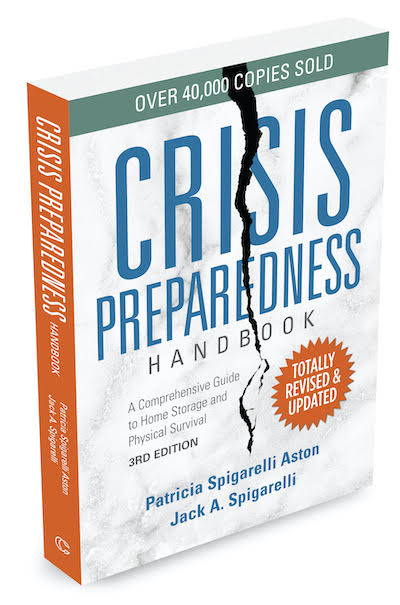
If you don’t already have a copy of Crisis Preparedness Handbook, I urge you to get one so that you will have all the information you need to thoughtfully prepare. You will learn all about basic food storage, water storage, basics for growing your own food, sanitation, communication, even preparing for a nuclear crisis. You can get it on Amazon or on this website.
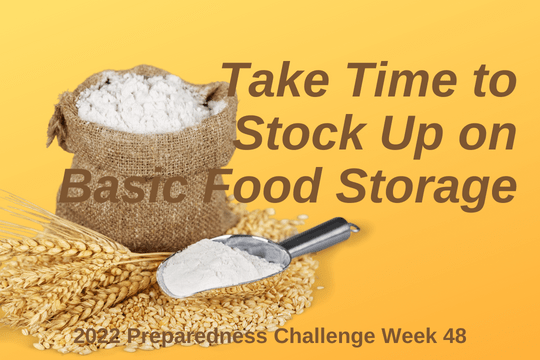


3 thoughts on “Take Time to Stock Up on Basic Food Storage Now”
Can you recommend a good wheat grinder?
I like our Nutrimill for an electric one but if the power goes out the country living hand mill is the best, but it is terribly expensive. It runs on bearings rather than bushings and can be attached to a bicycle for power.
This is fantastic. Too often I feel we overlook long term sustainable foods and this weeks topic is fantastic. It looks like I need to visit the store before the train strike makes me wish I had sooner. Thanks Patricia for a very good topic well presented.
David